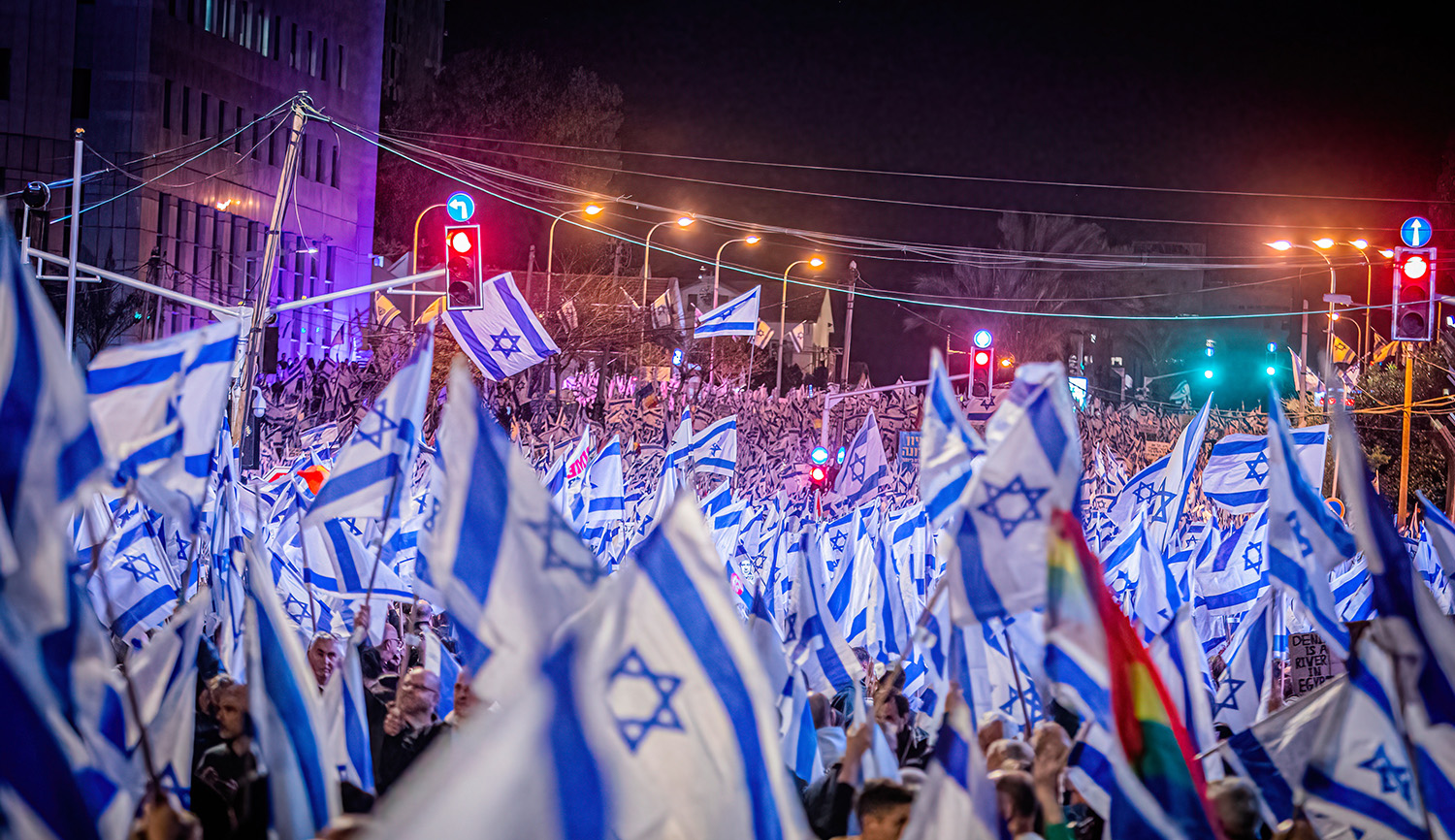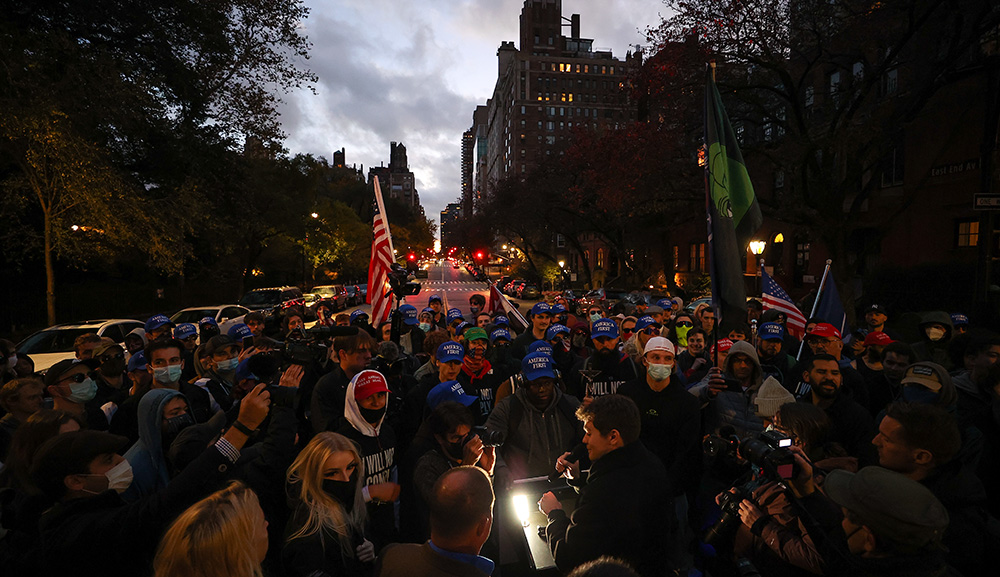This week, the president released a video announcing his candidacy for the 2024 election that included four distinct images of Reverend Al Sharpton. John Podhoretz comments:
Sharpton’s key moment as a public figure came when he helped lead a pogrom in Brooklyn in 1991 after a tragic car accident in which a ḥasidic Jew struck and killed a black boy. During those three days of mob violence, Sharpton screamed into a microphone about “diamond merchants right here in Crown Heights” in the vanguard of a horde that shouted, “Kill the Jews!” A student named Yankel Rosenbaum was stabbed to death.
Four years later, Sharpton called the Jewish owner of a Harlem building that housed a store called Freddy’s Fashion Mart a “white interloper” in the midst of a rent dispute. The mob he summoned then referred to Jews as “bloodsuckers” and shrieked about “burning the Jews.” The protests continued for two months, until an armed man stormed the premises with a gun and set Freddy’s on fire. Seven people were killed.
Yes, it’s a quarter-century later, and yes, Sharpton has not lit New York City on fire again or played a role in the deaths of eight people, as he had in the 1990s. [But] Sharpton has never accounted, nor been called to account, for his monstrous words and conduct.
And he never will be. After all, Joe Biden wants African Americans to vote for him in 2024 in record numbers, and to secure those votes, he has decided to run the gamut from Justice [Ketanji Brown] Jackson—who has spent her adulthood trying to serve as a constructive force in American public life—to Al Sharpton. And that’s an insult to Jackson, to African Americans, and to Americans altogether.
More about: 2024 Election, Al Sharpton, Anti-Semitism, Joseph Biden, U.S. Politics


